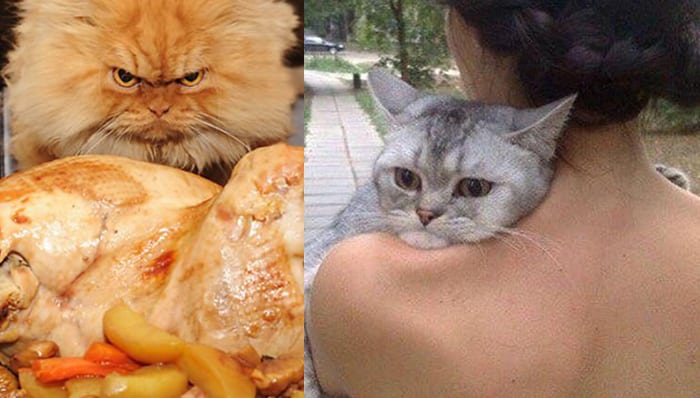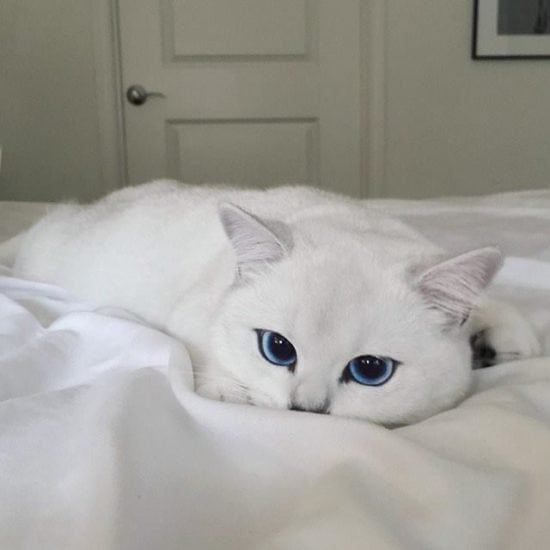
Understanding cat behaviour
Ever wonder why your cat behaves in a certain way? Their behaviour can be traced to when they were still wild. The following the reason behind some of the most common traits of a cat:
Purring
Purring does not meet the cat is happy. A cat will purr when in pain, distress or when giving birth. A kitten purring is a signal to the mother that all is well and that it is well-fed.

Greeting
Cats greet each other by rubbing faces. If it greets you by standing on its hind legs, it is simply trying to reach your face. This is only done to humans that the cat trusts. Another way is to rub itself against your legs. Cats have scent glands on its temples, around the mouth and at the base of the tail. If it does this behaviour, it is actually marking its territory and asking other cats to stay away.
Burying faeces
A subordinate cat will bury its faeces to hide its presence from more dominant cats. A dominant cat will leave its faeces uncovered. If it kept alone, burying indicates that the cat feels its owner is dominant.
Wagging tail
This could mean the cat is angry or feeling indecisive.

Eating grass
Vomiting will occur soon after the cat eats grass or anything similar like house plants. Thus, it is said that a cats does that when it needs to clean out its stomach.
Taking food out of its bowl and eating it off the floor
Cats do this either because they find the food pieces too large to chew in the bowl or is uncomfortable with its whiskers touching the side of the bowl when eating.
Scratching furniture
Scratching is a cats way to sharpen its claw by stripping off the old shell to reveal new one. It is also a way for the cat to exercise its clas and paws and for scent marking (scent glands under its paw)

Read More: Expressing Cat Feelings
MORE ARTICLES
© My Awesome Cat
